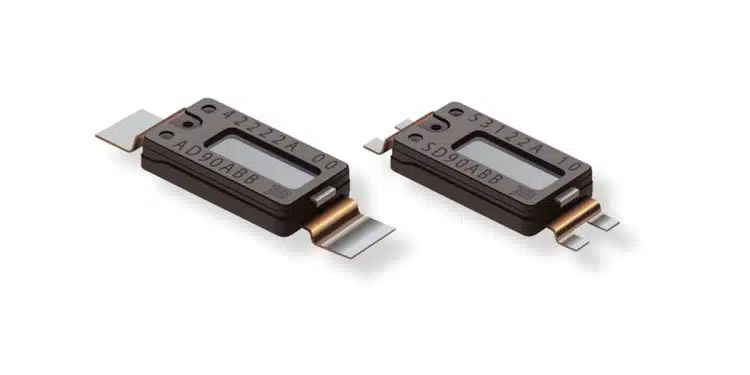Bourns released automotive AEC-Q200 compliant resettable miniature thermal cut-off over-temperature protection device.
Bourns, Inc. is pleased to introduce its new Model SD and AD Series Resettable Miniature Thermal Cutoff (TCO) Mini-breaker devices. These are the first TCO devices tested by Bourns to AEC-Q200-listed stress tests.
The SD and AD Series’ advanced overtemperature protection technologies make them ideal solutions for a broad variety of applications such as heaters, motors, cables and printed circuit board components. They also offer excellent overtemperature protection for lithium-ion batteries in notebook PCs, tablets, smartphones and powerbanks.
The new Model SD and AD Series feature high current and low resistance (less than 4 mΩ) offered in either a surface mount (SD) or axial leaded / weldable (AD) package. Both series also offer the option for the TCO device to be either non-automatically resettable (self-hold function) or automatically resettable (non self-hold function).
These devices feature the industry’s widest range of mini-breaker trip temperatures, from 55 °C up to 150 °C, and provide a trip temperature tolerance of ±5 °C. The new Model AD and SD Series are RoHS compliant* and Bourns designed both families using its highest-rated corrosion resistant bimetal mechanism for better endurance in humid environments compared to standard TCO devices.
Features
- Miniature package size
- Surface mount package option
- Superior overtemperature and overcurrent protection
- Controls abnormal, excessive current virtually instantaneously, up to rated limits
- Industry’s currently widest range of trip temperatures, up to 150 °C
- High corrosion resistance
- AEC-Q200 compliant
Applications
- Heaters
- Motors
- Battery packs
- Lithium-ion batteries in PCs, tablets, smartphones and powerbanks































